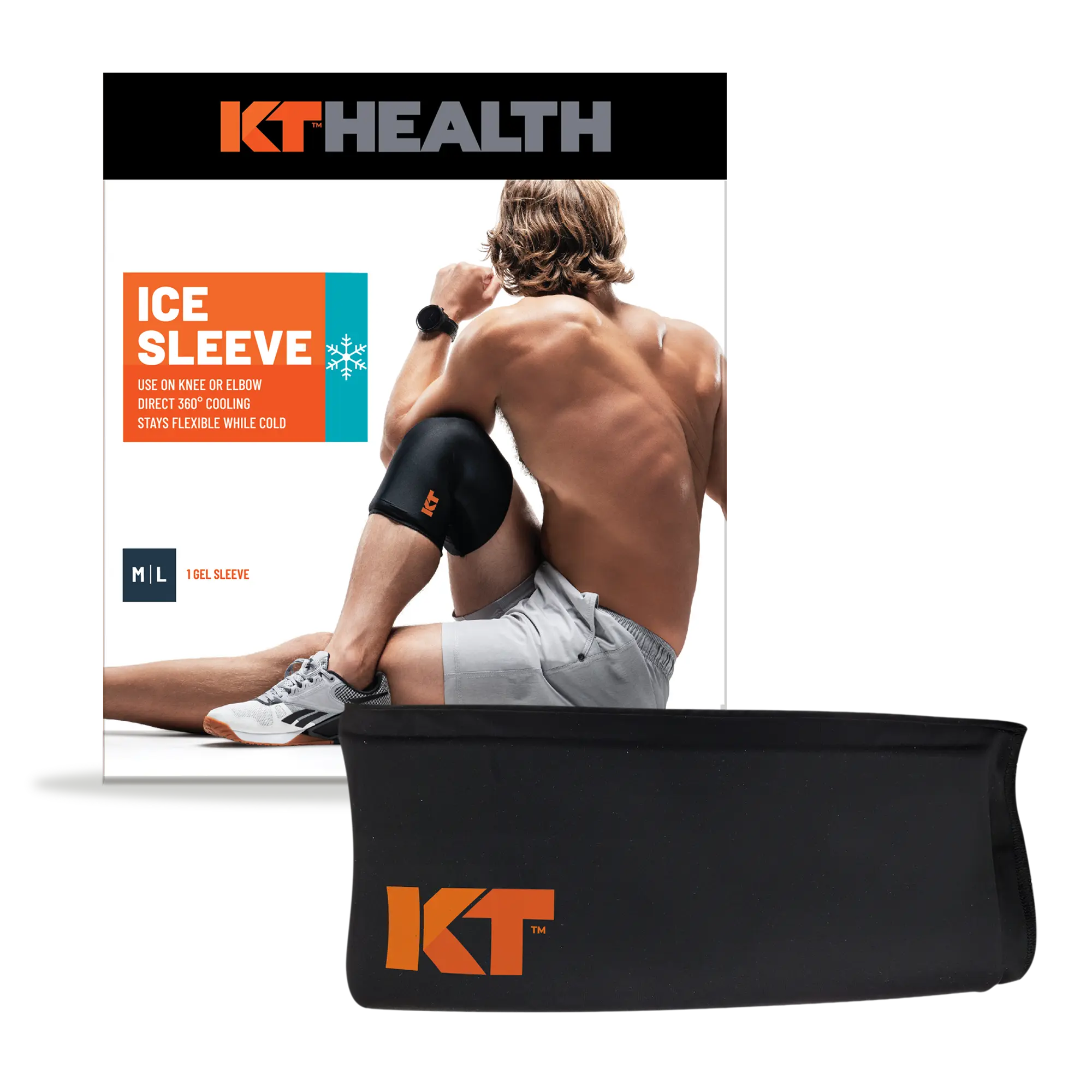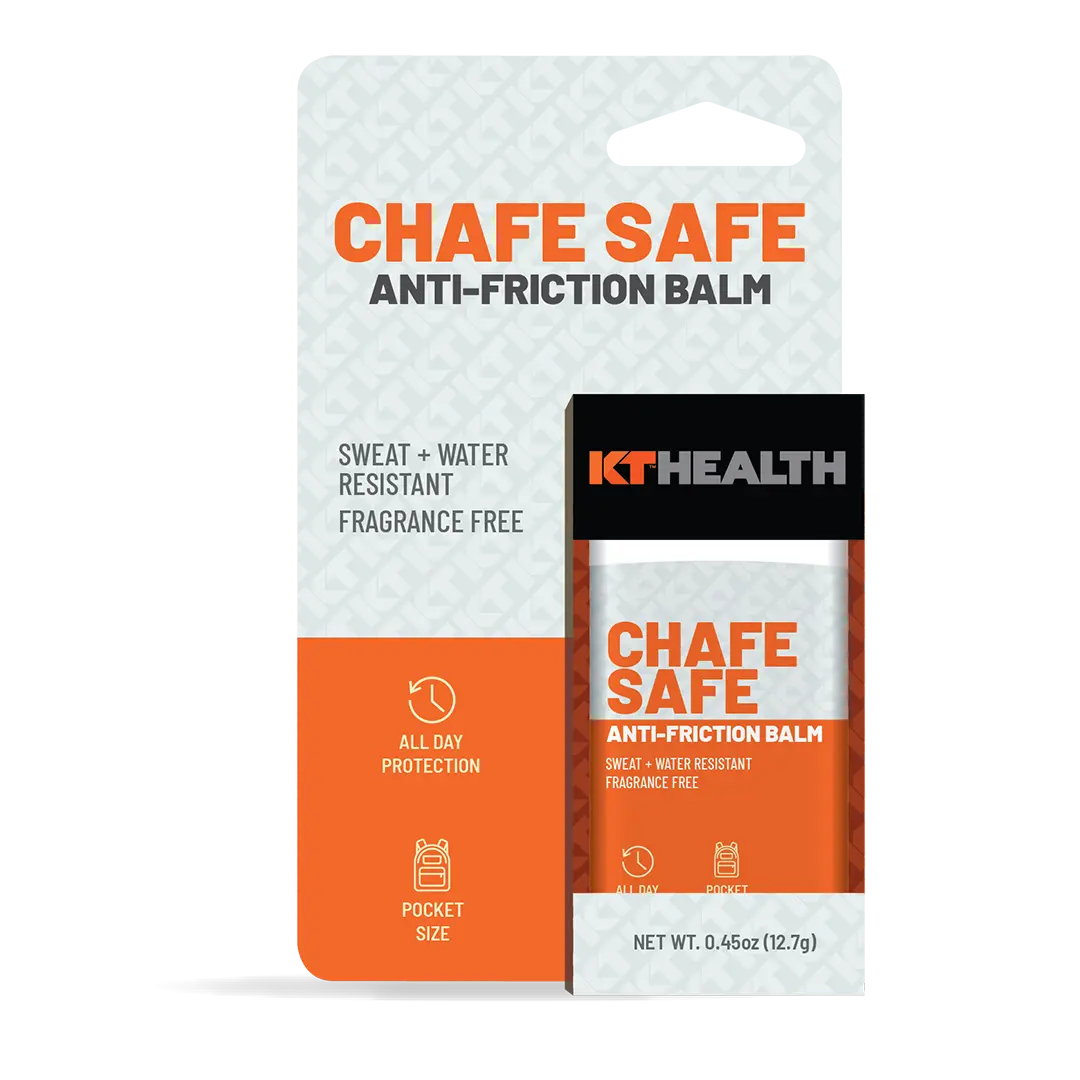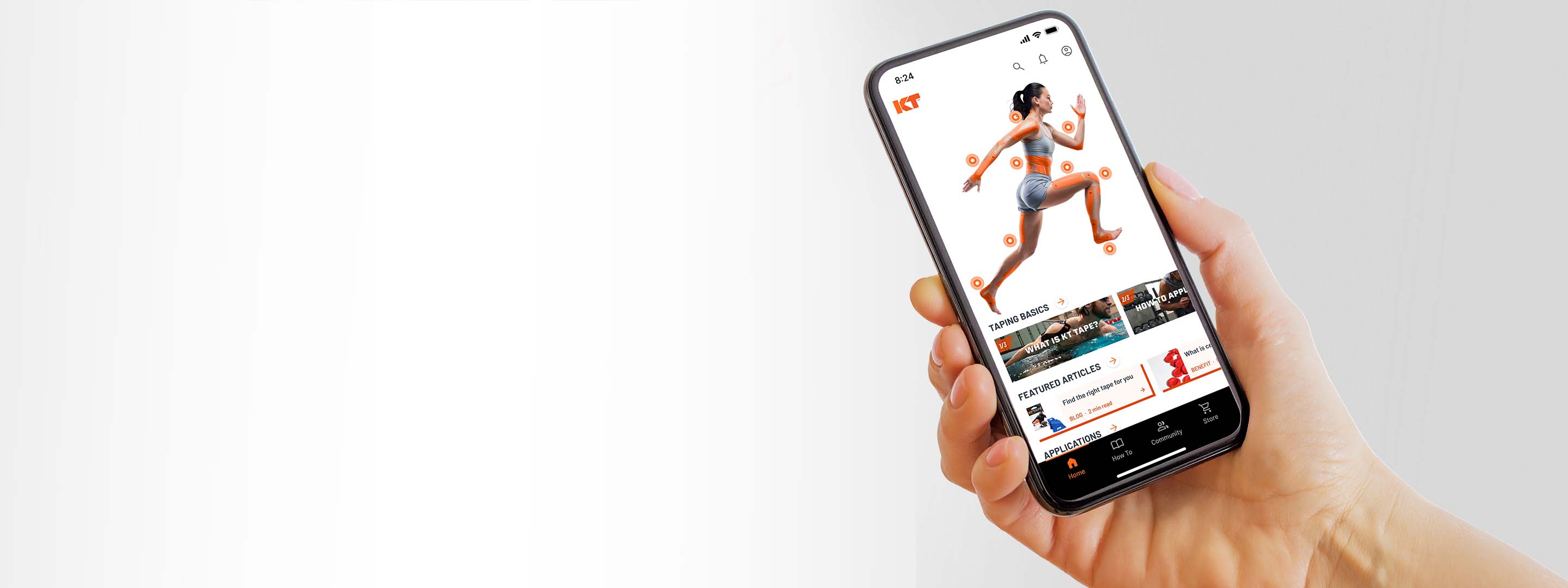August is all about learning how to beat the heat and still get your training in. Check out these tips from Thad McLaurin for Active.com on how to keep cool during hot summer runs:
1. Acclimatize It takes time for your body to adjust to hot and/or humid weather. Just because you can run a 10-miler at an 8-minute pace, doesn't mean you can do the same when the dog days of summer approach. The American Running and Fitness Association recommends that on your first run in the heat, you should cut your intensity by 65 to 75 percent. Then over the next 10 days, slowly build back to your previous level.
2. Check the Index Before heading out on your run, it's a good idea to check the air quality index and the heat index. If the air quality index is code orange, and you're sensitive to air pollution and/or have upper respiratory problems, you may not want to run. If it's code red, it's not suitable for anyone to run. The Heat Index tells you what the temperature feels like when combining the air temperature and the relative humidity. For example, if the air temperature is 90 degrees and the relative humidity is 70 percent, then it's going to feel as if it's 106 degrees. Ouch! These are not good running conditions. The weather section of your local TV station's website usually provides air quality index and heat index information for your area.
3. Hydrate! Hydrate! Hydrate! Many runners remember to rehydrate after their run and some consume water or sports drink during the run, but it's even more important to be well-hydrated before you run. As a rule of thumb, drinking 16 oz. of water two hours before your run will ensure good hydration levels and give the water time to pass through your system so you don't have to make any pit stops during your run. Hydration during your run depends on the temperature and the length of your run. If you're running 4 miles or less, you probably won't need to carry any water with you. If you're running longer than 4 miles you may need to wear a hydration belt or stash some water/sports drink along your route, especially if it's hot and humid. Don't wait until you feel thirsty to drink. If you're thirsty, that means you're already low on fluids. Also, as you age, your thirst mechanism isn't as efficient and your body may in the early stages of dehydration and you may not even feel thirsty. For the first 45 to 60 minutes, water is fine. After 60 minutes, you'll need to start using a sports drink or supplementing with a sports gel or a salty food such as pretzels.
After 60 minutes (and sometimes sooner if it's really hot and you sweat a lot), you begin to deplete vital electrolytes (i.e., sodium, potassium, etc.). Sodium is needed in order for your body to absorb the fluids youre ingesting. Ever get that sloshing feeling late in a run? That's probably because your body is low on sodium and not able to absorb the fluids you're drinking, so it just sits in your stomach and sloshes around not doing you any good. Depleted potassium levels can increase your chances of experiencing muscle cramps. After your run, you need to replace the water you've lost. A good way to check this is to weigh before your run and then weigh after your run. Drink 16 oz. of water for every pound lost. After you do the weigh-in a few times, you'll get a feel for how much rehydration you need depending on how much you sweat on your run. On a hot long run, pack an extra bottle of water. Don't drink this one. Instead, during the run periodically pour a little of the water on your head. This actually helps increase the evaporation-cooling effect.
4. Know the Warning Signs Dehydration occurs when your body loses too much fluid. This can happen when you stop drinking water or lose large amounts of fluid through diarrhea, vomiting, sweating, or exercise. Not drinking enough fluids can cause muscle cramps. When youre dehydrated, you may feel faint, experience nausea and/or vomiting, have heart palpitations, and/or experience lightheadedness. Runners also need to be aware of the signs of severe dehydration such as heat exhaustion and heatstroke, not only for yourself, but so you'll be able to identify the symptoms if a fellow runner is experiencing heat-related problems.
Heat Exhaustion usually develops after several days of exposure to high temperatures and inadequate intake of fluids. The elderly and people with high blood pressure are prone to heat exhaustion as well as people working or exercising in the heat. Heat exhaustion symptoms include heavy sweating, paleness, muscle cramps, tiredness, weakness, dizziness, headache, nausea, vomiting, and/or fainting. With heat exhaustion, a person's skin may feel cool and moist. Cooling off is the main treatment for heat exhaustion. Drinking cool, non-alcoholic liquids may help as well as taking a cool shower, bath, or sponge bath. Getting into an air-conditioned environment will also help. If the conditions worsen or have not subsided within an hour, seek medical attention. If heat exhaustion is not treated, it may lead to heatstroke which needs immediate emergency medical attention. Call 9-1-1.
Heatstroke is the most severe of the heat-related problems. Like heat exhaustion, it often results from exercise or heavy work in hot environments combined with inadequate fluid intake. Children, older adults, obese people, and people who do not sweat properly are at high risk of heatstroke. Other factors that increase the risk of heat stroke include dehydration, alcohol use, cardiovascular disease and certain medications. Heatstroke is life threatening because the body loses its ability to deal with heat stress. It can't sweat or control the body's temperature. Symptoms of heatstroke include rapid heartbeat, rapid and shallow breathing, elevated or lowered blood pressure, lack of sweating, irritability, confusion or unconsciousness, feeling dizzy or lightheaded, headache, nausea, and/or fainting. If you suspect heatstroke, call 9-1-1 immediately. Then try to move the person out of the sun and into a shady or air-conditioned space. Cool the person down by spraying them with cool water or wrapping them in cool damp sheets. Fan the person, and if possible, get the person to drink cool water.
5. Buddy Up In the severe heat, be sure to run with a buddy. That way you can keep tabs on each other. Sometimes it's hard to tell if you're starting to suffer the effects of the heat, but a buddy may be able to spot the signs before it's too late.
6. Run Early If at all possible, run in the early morning. The hottest part of the day is typically around 5 p.m. So, if you can't run until after work, wait until later in the evening.
7. Go Technical Wearing light-colored running tops and shorts made of technical fabrics will keep you cool and allow moisture to evaporate more quickly. Staying dry will also help prevent chafing. Clothing made of polyester, Lycra, Nylon, CoolMax, and Dry-Fit are some examples of technical fabrics. Mother Nature has a few good fabrics too. Clothing made from bamboo fibers as well as Smartwool are very effective in moisture management. Be sure to hang dry your technical fabric running clothes. The fabric softener in dryer sheets can actually block up the fabric decreasing its moisture-wicking abilities.
8. Change Your Route If your normal running route is treeless, find one that provides more shade. If this isn't possible and you have access to a treadmill, run indoors on really hot days.
9. Lather it on Be sure to wear sunscreen. Research has shown that runners have a higher rate of skin cancer. This is probably due to the fact that we're outside more than the average person and during the summer months we're outside and wearing less clothing than the average person. So, be sure to use a sports sunscreen that's waterproof with an SPF of 15 or higher. There are some brands of sunscreen available that are made to go on over wet skin. This is great for sweatier runners like. Also, be sure to wear sunglasses and a hat or visor. This will help to keep the sun out of your eyes as well as the sweat. Be sure the glasses provide 100 percent UV protection and that the hat is made of light technical fabric that promotes evaporation

For more tips and to read the full article, visit Active.com.













